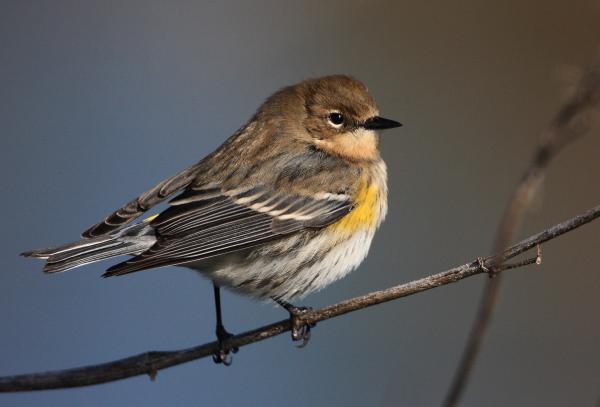- Thread starter
- #11
I can swear its not a mocking bird... mocking birds are 6" and we have TONS of those little $^#& around here. Warblers are common around here over winter. I did read the carolina pine doesn't migrate and the yellow-rumped can be seen in the carolina's from December through March.
The yellow markings you don't see in the picture is a tell tail sign... and the tail shape says its somewhere in the finch/sparrow/warbler family. Its harder to distingish which one because it has in its winter feathering, and its a female! Go figure! LOL
The yellow markings you don't see in the picture is a tell tail sign... and the tail shape says its somewhere in the finch/sparrow/warbler family. Its harder to distingish which one because it has in its winter feathering, and its a female! Go figure! LOL









